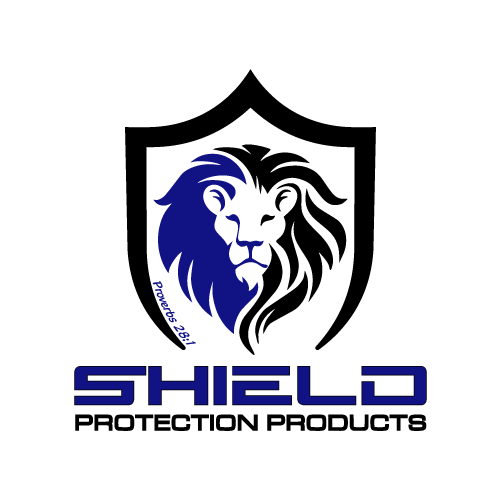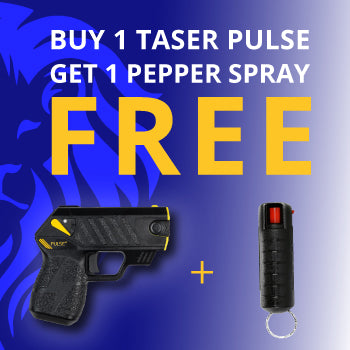Dispelling the Marketing Myth: Understanding the Reality of Pepper Spray Usage
Pepper spray is often marketed as a compact and effective self-defense tool, with manufacturers frequently highlighting the number of "squirts" or sprays a canister contains. However, this marketing tactic can create a misconception about the appropriate use of pepper spray in real-life self-defense situations. Lets explore the truth behind the marketing myth and provide guidance on the proper use of pepper spray for personal safety.
The Marketing Myth: Many pepper spray manufacturers advertise their products based on the number of sprays a single canister can deliver. Claims such as "up to 10 sprays" or "50 bursts" may lead consumers to believe that they have multiple opportunities to deploy the spray against an assailant. However, this marketing approach overlooks the fact that the effectiveness of pepper spray depends on the duration and intensity of exposure to the target. You don't need to "save some for next time."
Understanding Pepper Spray Effectiveness: Pepper spray contains an active ingredient called oleoresin capsicum (OC), which causes temporary blindness, intense burning pain, and respiratory distress when sprayed on the face of an attacker. The effectiveness of pepper spray is not determined by the number of individual sprays but rather by the volume and concentration of OC delivered to the target.
The Reality of Pepper Spray Usage: In a self-defense situation, the goal of using pepper spray is to incapacitate the assailant and create an opportunity to escape to safety. To achieve this objective, it is often necessary to deliver a sustained and concentrated stream of pepper spray directly to the assailant's face. Simply spraying a few bursts may not be sufficient to deter an attacker, especially if they are determined or under the influence of drugs or alcohol.
The Right Approach: Contrary to the marketing myth, the appropriate response when faced with a threat that warrants the use of pepper spray is to deploy the entire contents of the canister on the assailant's face. This ensures maximum exposure to the OC and increases the likelihood of incapacitating the attacker long enough to escape. Additionally, aiming for the eyes and nose area can maximize the effectiveness of pepper spray and minimize the risk of collateral damage to bystanders. Since you are not going to be a perfect marksman, move the stream from side to side from left to right and right to left, covering as much face area as you can hit with the stream. Don't worry about how many blasts you have. Give them the entire payload.
Training and Preparation: Before relying on pepper spray for self-defense, individuals should undergo proper training and familiarize themselves with the operation of the canister. This includes practicing how to quickly retrieve and deploy the spray in high-stress situations. Additionally, it's essential to understand the legal implications of using pepper spray and to use it responsibly and in accordance with local laws and regulations. You can buy a training can (inert) of water first if you want to test it out before you find yourself trying to figure this out in the midst of an escalating situation. Practice makes perfect. Safety doesn't happen by accident.
Pepper spray can be a valuable tool for personal safety when used appropriately and effectively. By dispelling the marketing myth surrounding the number of sprays in a canister, individuals can better prepare themselves for real-life self-defense situations. Remember, the goal is not to conserve sprays but to incapacitate the assailant and escape to safety.



